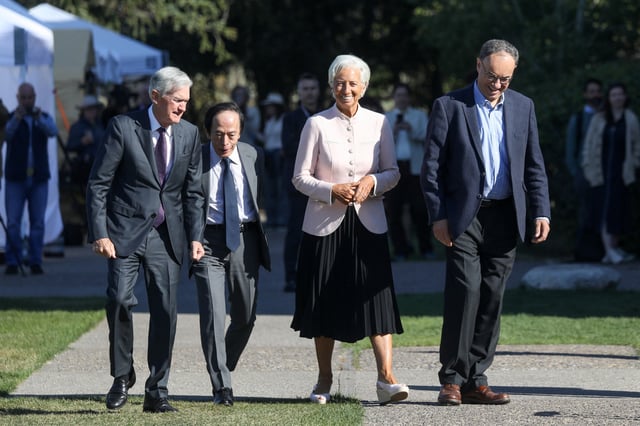Overview
- Foreign-born workers represented about 9% of the labor force in 2022 but accounted for roughly half of euro area labor-force growth over the past three years, Christine Lagarde said.
- Lagarde estimated Germany’s output would be around 6% lower than in 2019 without migrant labor and said Spain’s post-pandemic strength also owes much to foreign workers.
- She said the influx helped ease inflation pressures without a sharp growth slowdown, alongside factors such as lower real wages, company worker hoarding, and more elderly people working.
- The European Union’s population rose to a record 450.4 million last year as net migration offset natural decline for a fourth straight year, according to official figures cited in coverage.
- Lagarde noted mounting voter backlash and policy tightening, with Germany suspending family reunification and resettlement programs, which could constrain future inflows.
